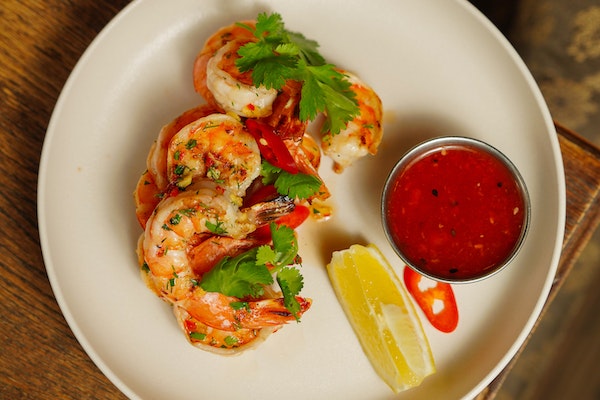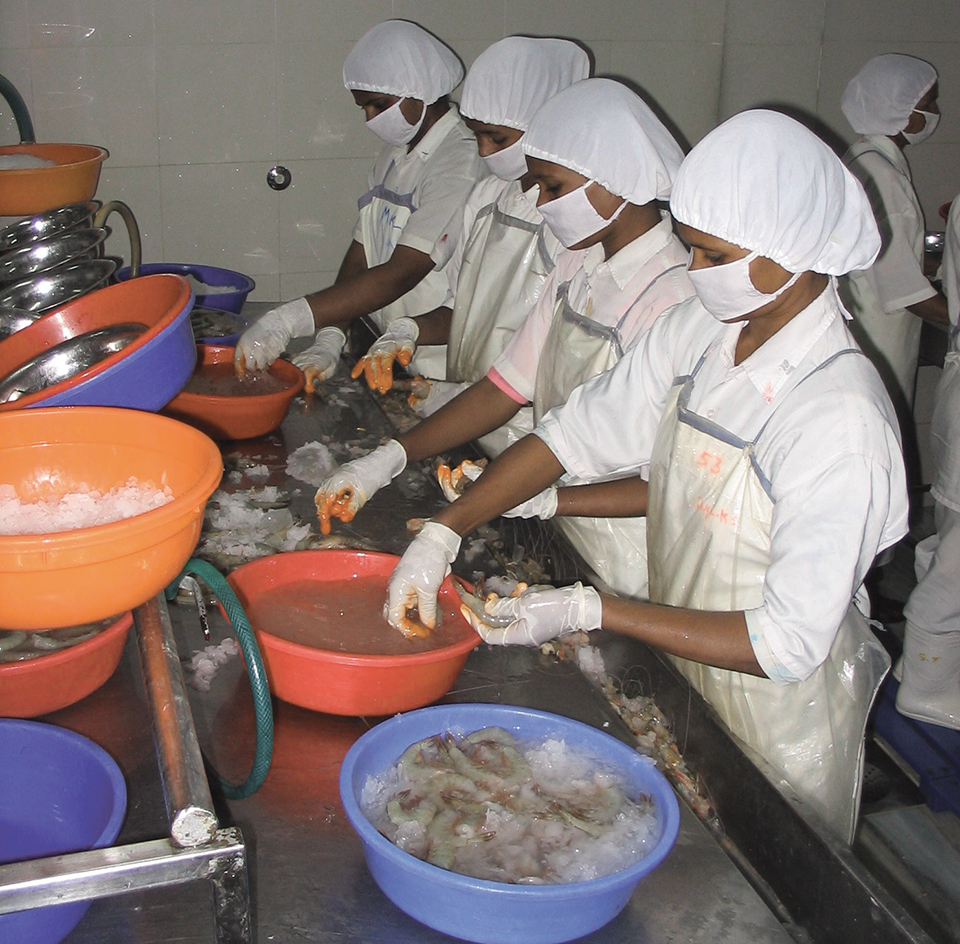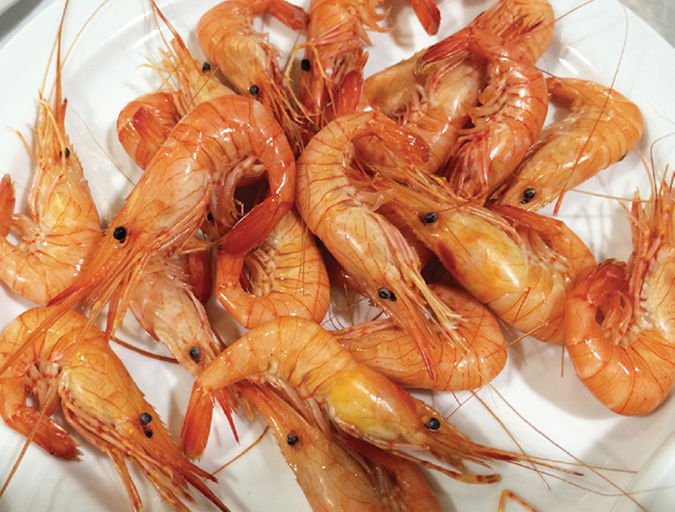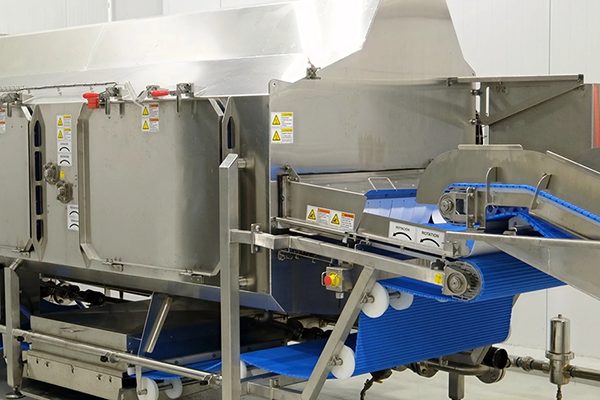Exposing roasted shrimp to high pressure and steam reduced the allergenicity of shrimp, researchers conclude

Some good news for shrimp allergy sufferers: A new study has found that reverse-pressure sterilization can produce a less-allergenic shrimp product that, when tested in mice sensitive to the crustaceans, did not cause severe reactions.
Some of the most common foods that people are allergic to are dairy products, wheat, peanuts and seafood. The immune system mistakes some proteins from these foods for an intruder and launches a response against them. In minor cases, this can provide some discomfort or swelling, and in severe cases, it can be life-threatening.
But the proteins that the immune system reacts to can be altered or degraded when heated, which might prevent antibodies from recognizing them, and thereby make the food safer for people with allergies to consume. Studies on other shellfish, such as oysters, have suggested that allergenicity can actually increase after roasting, while others show that it decreases.
With this context in mind, the researchers wanted to understand exactly how allergens in shrimp change during post-processing. They also wanted to see if they could create a more hypoallergenic product.
The team separated samples of shrimp (Penaeus vannamei) into three groups. One group was raw and the second was roasted. The third group was roasted and then treated with reverse-pressure sterilization, in which the crustaceans were exposed to high pressure and steam. All three groups were mashed into pastes, and each was given to a separate group of mice that had a shrimp allergy.
Both the raw and roasted shrimp caused similar reactions, including increased levels of histamine and damage to the spleens and lungs, suggesting that roasting alone did not change the protein’s properties much. The third group had milder reactions and less organ damage.
When the allergen proteins in the shrimp samples were examined more closely, the team found that roasting caused these proteins to change shape, but antibodies could still bind. However, reverse-pressure sterilization caused the proteins to cluster together, hiding the binding sites. This hindered antibodies from latching on, and thus, prevented a severe allergic reaction.
The researchers say that this method successfully and efficiently reduced the allergenicity of shrimp and elucidated the unique protein changes that caused it.
Follow the Advocate on Twitter @GSA_Advocate
Now that you've reached the end of the article ...
… please consider supporting GSA’s mission to advance responsible seafood practices through education, advocacy and third-party assurances. The Advocate aims to document the evolution of responsible seafood practices and share the expansive knowledge of our vast network of contributors.
By becoming a Global Seafood Alliance member, you’re ensuring that all of the pre-competitive work we do through member benefits, resources and events can continue. Individual membership costs just $50 a year.
Not a GSA member? Join us.
Author
Tagged With
Related Posts

Health & Welfare
Seafood allergies: Control, prevention key to workplace management
Occupational seafood allergies can manifest as asthma, rhinitis, conjunctivitis, urticaria, and dermatitis. Anaphylactic reactions have also been reported.

Health & Welfare
Seafood allergies: Varied responses deserve attention
Seafood allergies result in symptoms like hay fever, nausea, vomiting, diarrhea, hives and asthma but some individuals experience severe and occasionally fatal anaphylactic reactions.

Intelligence
Warning: Shrimp salad may contain shrimp
Crustaceans, fish and any food that contains protein have the potential to cause allergic reactions in some individuals. To protect consumers, seafood businesses must stay abreast of changing regulations.

From Our Sponsors
What to look for in a shrimp cooking system? It boils down to balancing these three key elements
Cooked shrimp is high in demand, but for shrimp processors, having the right shrimp cooking technology is key to staying competitive.



